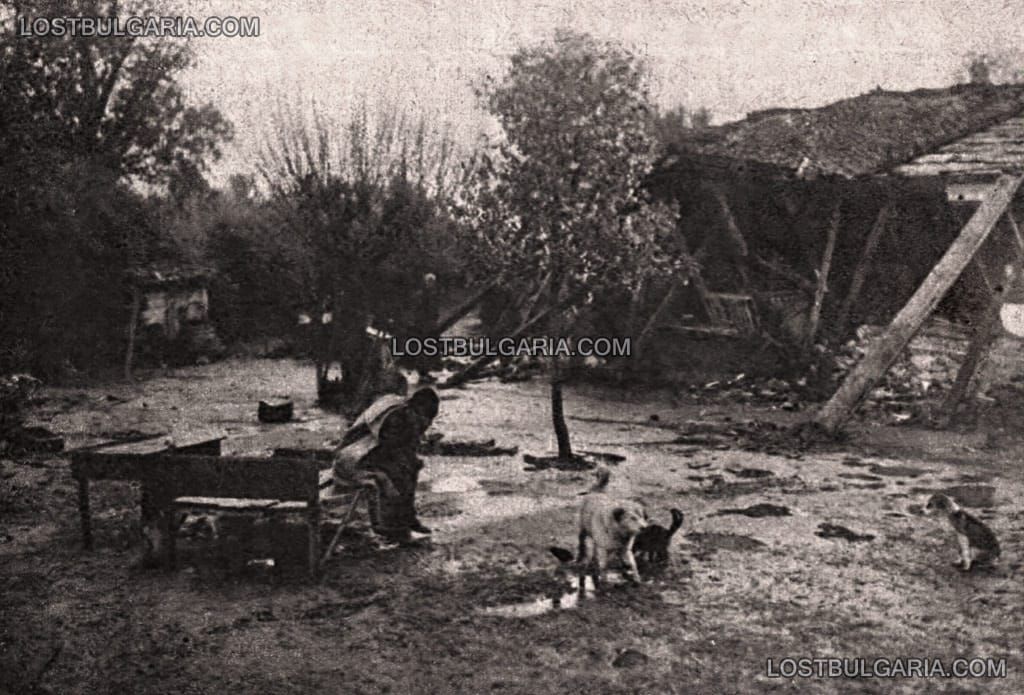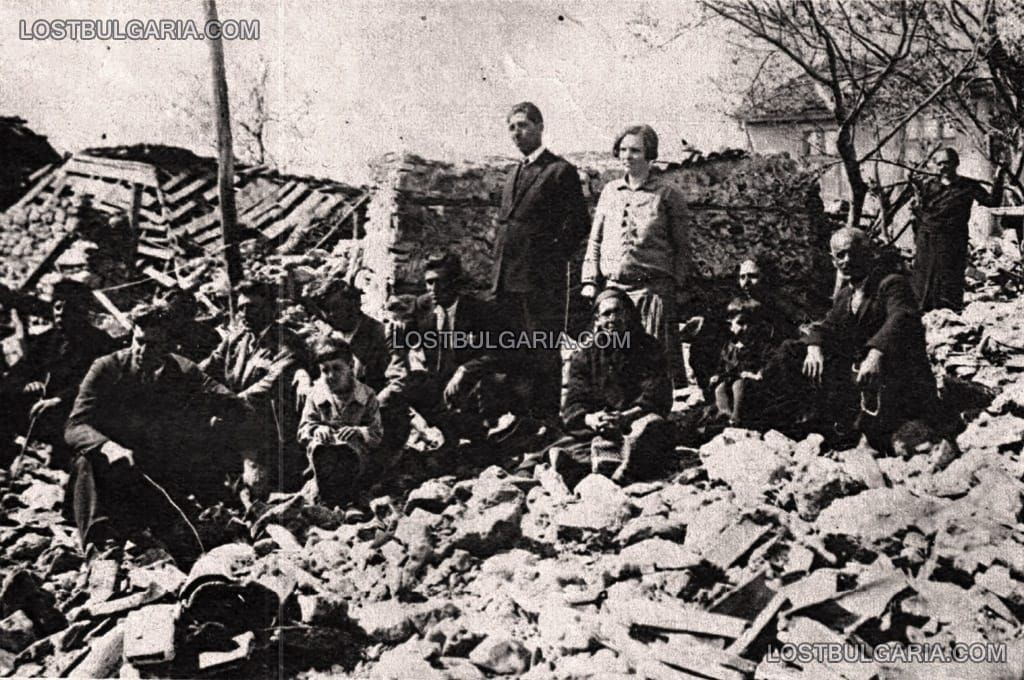The Strongest Earthquake in Continental Europe was Recorded in a Bulgarian Village in 1904
Incidents | February 8, 2023, Wednesday // 16:06| views
Krupnik, Bulgaria
The strongest earthquake in the Balkans and in continental Europe for the last 150 years was registered in 1904 in the village of Krupnik, Simitli municipality.
On April 4, 1904, the area was shaken by two powerful earthquakes of 7.8 and 7.2 on the Richter scale.
Tremors in the area of the villages of Krupnik and Kresna continue to be frequent even today, fortunately - with weak strength.

A special station measures seismic activity in the village around the clock.
"Bulgaria, Turkey and Greece are located between the African and European plates. The African plate slips under the European plate and these earthquakes occur. The equipment is quite sensitive and advanced, it’s American. The earthquake in Turkey was weakly felt - as a trace", says Ivan Gaidov, on duty at the seismic station in the village of Krupnik.

On April 4, in the distant year 1904, the area was shaken by two powerful earthquakes of 7.8 and 7.2 on the Richter scale. The tremor literally changes the terrain. The small village of Krupnik was destroyed, but luckily there were no casualties. At that time, there was no high-rise construction either.
Today in Krupnik, everyone knows details and legends about the earthquake, it is something like an emblem and advertisement of the settlement. But they admit that their biggest fears are related to earthquakes. That is why they closely follow all the news about earthquakes, as well as curious forecasts in this direction.
It's been 119 years since the devastating 7.8 on the Richter scale, but locals say they're trembling lest the fault beneath them wakes up. Most people have heard of a theory that there was a 100-year cycle in major cataclysms. Some believe in this and are baptized when the earth shakes. They are glad that they got away with a slight setback and say - so be it, let the earth unclog and not build up tension.
The locals do not hide that they like to talk about everything - about politics, about bread, about prices, about football, kukeri and love, but not about natural disasters. They say they have heightened sensitivity on this subject.
However, a construction law is in force for the settlement, which no one dares to circumvent or ignore - if you build a house, anti-earthquake foundations are made to withstand 9 degrees on the Richter scale. This is the only thing about which there is no dispute and no funds are spared. And these rules have been followed in construction for at least 70 years, say the local Krupnik residents.
"Living on a rift is something like feeling doomed, you know there is no escape, if it hits seriously - where will you run," the elders say. The younger ones admit that they don't think about these things, they wave their hand and say - whatever comes!
There is a seismological station in Krupnik. There, the equipment registers several earthquakes a day in the area, most too weak to be felt. About the earthquake of 1904, the station says that it was both vertical and horizontal. Residents of Krupnik, however, do not like to look at the station, they literally pretend that it is not there. That's how they found a way to overcome their fears.
They have an impressive temple and believe that they are blessed, so most do not believe that the violent earthquake of 1904 will ever happen again.
And the historical facts about the biggest earthquake say that it struck in the span 20 minutes 7.2 and 7.8 on the Richter scale, and between the two tremors the ground shook another 51 times. The great earthquake was felt over an area of 1,400,000 square kilometers throughout Aegean and Vardar Macedonia. Data indicate that it was felt as far away as Budapest.
The villages of Krupnik and Simitli were razed to the ground. Damage was caused in Gorna Jumaya now called Blagoevgrad, Bansko, Razlog and Pehchevo, North Macedonia. According to the Gorna Jumaya newspaper "Vesti" at the time, two people died in the town and four were injured. The military hospital and the Turkish barracks collapsed. Everywhere in the area, cracks opened on the roads and reddish muddy water gushed out.
In Pehchevo, now in North Macedonia, over 60 were killed and over 40 wounded.
In Krupnik, 250 houses were completely destroyed, in Simitli - 200. In Bansko, 200 houses were razed to the ground, and ten residents died, it was written in the "Vesti" newspaper at the time.
In Krupnik, the story of the shepherd grandfather Stoine is passed down from generation to generation. That day at noon he happened to be with his herd high above the river in the Kresnen rift, when he suddenly saw below him how the earth split open and the Struma stopped there. The water began to sink into the bowels of the canyon. The surrounding hills were stripped away in seconds. The grandfather saved himself because he happened to be at the top and, returning to Krupnik, he witnessed how everything around him changed before his eyes.
For several days, the Struma river sank into a huge water cave. The entire landscape of the area was changed after the devastating earthquake. Therefore, and quite rightly, people here hate this word, and whenever the earth shakes, they cross themselves and bless God that they survived.

Follow Novinite.com on Twitter and Facebook
Write to us at editors@novinite.com
Информирайте се на Български - Novinite.bg
/BNT
We need your support so Novinite.com can keep delivering news and information about Bulgaria! Thank you!
Back
